
International Motorsport Roundup: More Future Announcements And The...
- Apr 13, 2020
- Views : 7637

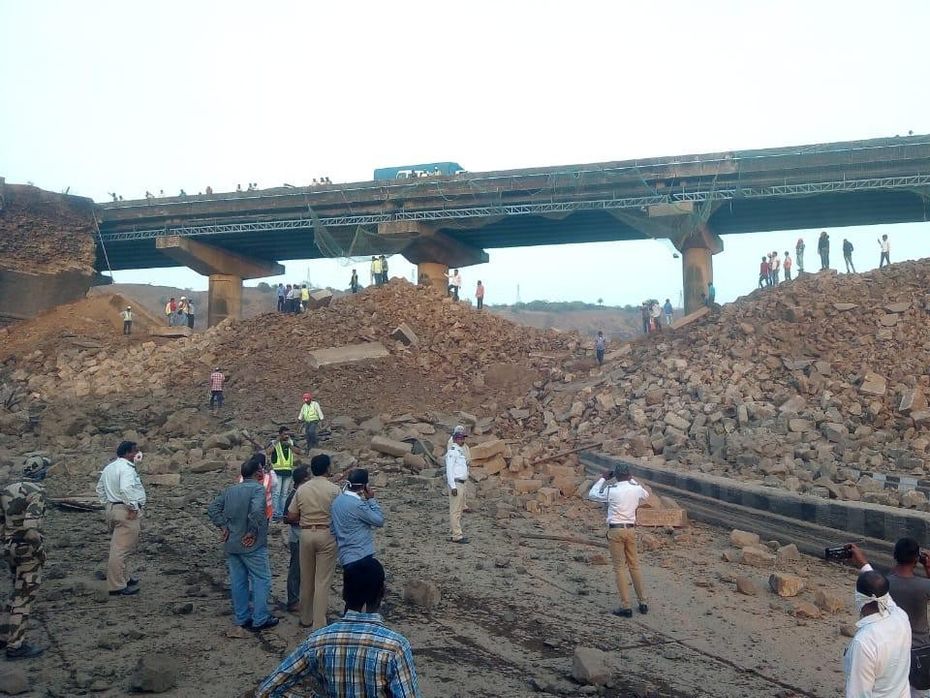
If you’ve ever driven across the Mumbai-Pune expressway, you must be familiar with the narrowest point along the highway. It is a perilous twist where the road becomes four lanes wide and you have to squeeze between old brick walls on either side. Those walls form the pillars of the 190-year-old Amrutanjan bridge which was demolished by the Maharashtra State Road Development Corporation (MSRDC) on April 5.
Why did the bridge need to be demolished?
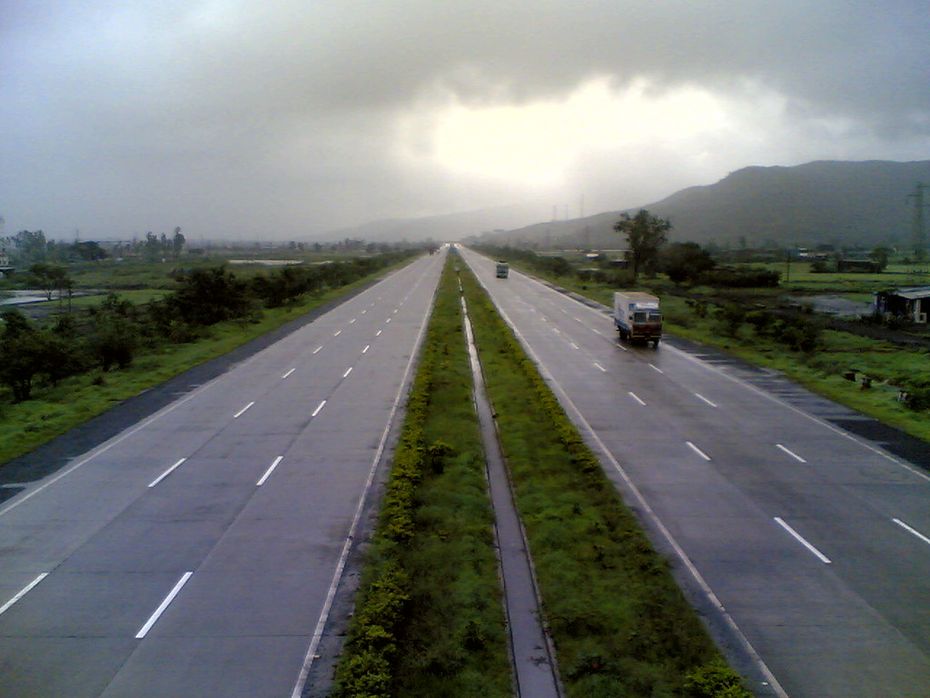
The old structure was impeding the flow of traffic on one of India’s busiest expressways. The Mumbai-Pune artery is the fastest way to get between the two metropolitan cities. It is a six-lane road on most stretches but reduces to four lanes as it climbs through the Western Ghats and intersects the Amrutanjan Bridge.
The Amrutanjan bridge was once used as a reversing track for locomotives but had been lying disused for many years. Under the bridge, the expressway had a sharp curve with an elevation change. Pair that with the two brick walls on either side of each lane on a squall-prone road with an advisory speed limit, and the safety hazards of the bridge seem apparent. It was known for being an accident-prone area where you could suddenly come across a slow-moving car or truck in your lane with no escape.
If it was so dangerous, why did they have to wait for so long to demolish it?
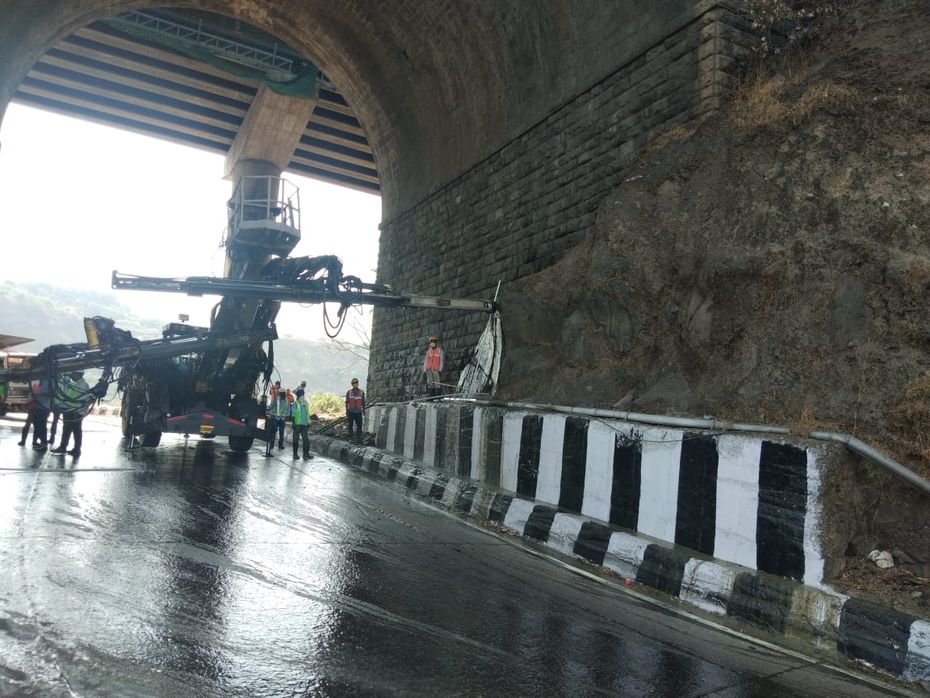
The authorities had received the requisite permissions to bring down the bridge in 2017. However, traffic density along the expressway kept them from performing the task safely. The ongoing coronavirus pandemic caused the entire country to shut down. With Mumbai, Pune, and most cities and towns in Maharashtra under quarantine, the expressway had an all-time low flux of motor vehicles. The MSRDC seized this opportunity to plant explosives along the bridge and demolish it with a series of controlled blasts. With citizens advised to stay home during the quarantine, the risk of hurting passers-by and bystanders was minimal.
Who built the Amrutanjan Bridge?
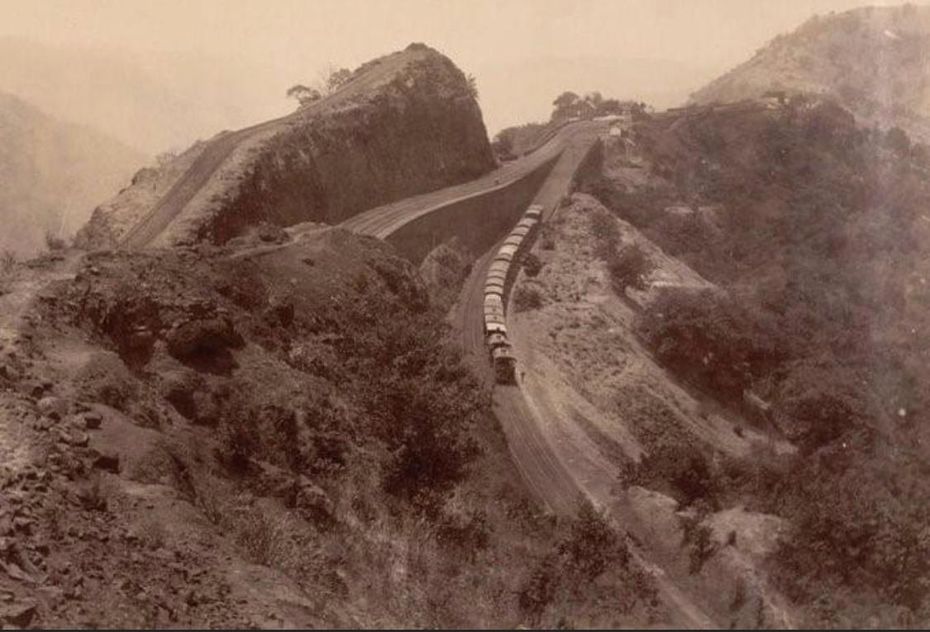
The bridge was a part of the southeastern line of the Great Indian Peninsula Railway (GIPR) during the British Raj. This stretch was the steepest incline of the Bhor Ghat railway, a one in 37 gradient. Amrutanjan bridge was the reversing section for the most difficult bit of the incline which posed a challenge for 19th-century steam locomotives.
According to a paper by Ian Kerr, over 40,000 Indian labourers were employed each day to build this section of the Bhor Ghat railway. Over 25,000 died due to disease, famine, and accidents during the course of the project. Solomon Tredwell undertook the contract to build the railroad, but contracted a disease and died after his first visit to the worksite. His wife Alice Tredwell saw the completion of the railroad with GIPR engineers S Adamson and GL Clowser.
A plaque at the site which was preserved after the demolition states that the bridge was inaugurated on November 10 the same year by then Governor of Bombay, Sir John Malcolm. Railroads, along with canals and harbours, were an important tool used by Europeans to annex colonies.
The bridge is known as the Amrutanjan bridge because of a long-standing hoarding of the Amrutanjan pain balm, a topical pain remedy common in households in India.
What does the demolition of the bridge entail for expressway users?
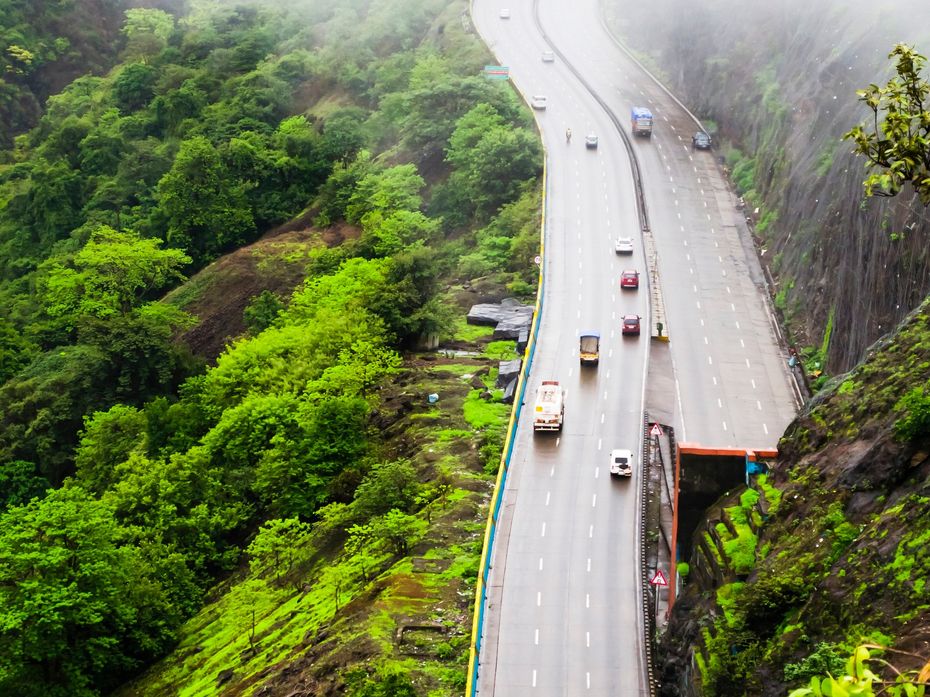
Now that the bridge is gone, the ghat stretch of the Mumbai-Pune expressway is likely to be made six-lane. The central government had plans to increase the speed limit on India’s expressways to 120kmph (74.5mph). If such a speed limit is to be implemented on stretches of the Mumbai-Pune expressway, hazards such as the Amrutanjan bridge have to go. The bridge was but one hazard on the expressway. Slow-moving trucks and faulty lane-keeping by motorists still make the Ghat sections unsafe for fast-moving vehicles. However, the demolition of the Amrutanjan bridge paves the way for the expressway to reach its full potential of safe connectivity.

International Motorsport Roundup: More Future Announcements And The...

3 New Major Design Details Mahindra XUV 3XO Will Pack Over...

Tata Curvv: A Much Clearer Look At Its Interior Ahead Of Its Unveiling

Citroen Basalt vs Tata Curvv: Exterior Design Compared

10 New Features Expected In The Upcoming 2024 Mahindra XUV 3XO...

The Fronx Has Been Rebadged! Meet The Toyota Urban Cruiser Taisor,...

Here’s How Fuel Efficient The 2024 Maruti Suzuki Swift Sold In...

MG Hector And Hector Plus Blackstorm Edition Launched At Rs 21.25...

Citroen Basalt Vision, Its SUV Coupe For India, Revealed
India's largest automotive community